|
It has already been more than one month since the 2018 IndyCar season ended, but with nearly four months until the 2019 season is scheduled to begin, let’s review the good, the bad and the ugly from 2018. Shared from Beyond the Flag. Chip Ganassi Racing’s Scott Dixon won his fifth career IndyCar championship and his third in the last six seasons in the 2018 season to propel him to second place on the all-time championships list behind only seven-time champion A.J. Foyt. Dixon became the first Honda driver to win the championship since he won his third career championship back in the 2013 season. When he won his fourth career championship in the 2015 season, he drove a Chevrolet-powered car. Honda drivers, meanwhile, earned 11 victories in the 17-race season, while Chevrolet drivers earned just six. Coming into the 2018 season, a total of 101 races had been contested since Chevrolet re-entered IndyCar in the 2012 season as the second engine manufacturer. Of those 101 races, Chevrolet drivers won 67 of them while Honda drivers won just 34 of them. From the 2012 season through the 2017 season, the highest amount of victories earned by Honda drivers in a single season was nine (2013), whereas the lowest amount of victories earned by Chevrolet drivers was 10 (2013, 2015 and 2017). Road and street course racing The introduction of the new UAK18 aero kit led to some of the best racing that IndyCar has seen in road and street course races, and with there having been 11 road and street course races (six road courses, five road courses) on the schedule and only six oval races, this provided a huge boost to the on-track product as a whole throughout the year. Aside of the dominant performances by Josef Newgarden in the road course races at Barber Motorsports Park and Road America, there was not a single road or street course race on the schedule that did not feature different drivers on different strategies and multiple drivers with great chances of winning the race. Of course, part of Newgarden’s dominance in the race at Barber Motorsports Park can be blamed on IndyCar’s decision to allow teams to refuel the cars after the race was suspended for one day due to rain. Otherwise, there likely would have been several more contenders to compete for the race win, and the rain that came down during the race’s second day likely would have played a much bigger strategy-based role in determining the outcome of the race. Even Alexander Rossi’s 12.829-second victory over rookie Robert Wickens in the race at Mid-Ohio Sports Car Course was not a product of a boring, caution-free race. There was plenty of passing throughout the rest of the field throughout this race, and Rossi and Wickens were both on different strategies. Wickens’s strategy very easily could have worked in his favor to put him on the top step of the podium as opposed to Rossi. The 11 road or street course races that took place throughout the 2018 season featured seven different winners, and no driver won more than two road or street course races. There are plenty of talented IndyCar drivers who are capable of winning races, and this year’s road and street course races paired with the new UAK18 aero kit proved it. Superspeedway racing Superspeedway racing is only listed as “the bad” because it isn’t quite on the level as road and street course racing, and compared to what it had been in previous years, it was not quite up to par. It was still decent, but it was nothing to write home about. Over the past few years, IndyCar fans have been “spoiled” with wheel-to-wheel, tight racing action in superspeedway racing. That was not the case this season. But just because fans were “spoiled” in years past doesn’t mean that it should just be expected that superspeedway racing is going to produce lackluster racing from now on. That is not the goal of IndyCar, nor should it be, as that will not stimulate long-term interest in the series nor will it assist in the retention of the growth that the series has experienced in recent years. To address the elephant in the room, racing certainly does not need to be pack racing to be good racing. The pack race at Texas Motor Speedway in the 2017 season was an exhilarating race, but the race winner, Will Power, led 180 of its 248 laps and just seven cars finished the race without crashing. To make it clear, the superspeedway racing that took place in the 2018 season is not listed as “the bad” simply because it did not produce this kind of pack racing. With that in mind, there definitely need to be improvements made to the superspeedway racing moving forward, as the racing produced in the superspeedway races in the first season with the UAK18 left a lot to be desired, and it even frustrated several drivers, and justifiably so. The Indianapolis 500 still featured 30 lead changes, which would be the highest of all-time if you don’t include the six Indy 500 races that took place from the 2012 season through the 2017 season. Again, fans were certainly “spoiled” during these six seasons. But only a small fraction of those lead changes took place as a result of on-track passes for the race lead. The race featured 15 leaders, which was tied for an all-time record, yet only five of those leaders led more than seven laps of the race. In fact, nine of the 15 leaders led four laps or fewer. Yet two drivers, the top two finishers, combined to lead 125 of its 200 laps. The final restart of the race took place with only seven laps to go, yet Will Power managed to win by 3.159 seconds over second place finisher Ed Carpenter, which was the largest margin of victory in the Indy 500 since Juan Pablo Montoya won the 2000 Indy 500 by 7.184 seconds over second place finisher Buddy Lazier. The race at Texas Motor Speedway featured slightly more action that the Indy 500 did as a whole, but it was still pretty much a foregone conclusion that Scott Dixon would win it once he took the lead. He led 119 of its 248 laps and won it by 4.294 seconds despite the fact that the final restart took place with 33 laps remaining. Truth be told, there was really no need for two-thirds of the track in the turns. There was only one real racing groove, unlike in years past, and that did not change throughout the race, which prevented the potential of more passing. Pocono Raceway Yes, Pocono Raceway is a superspeedway that very well could have been discussed in the previous section, as the racing produced in it was affected in a big way by the new UAK18 aero kit. However, this year’s race at the three-turn, 2.5-mile (4.023-kilometer) triangle in Long Pond, Pennsylvania deserves its own slide(s), and for many reasons that fans would prefer not to discuss. Formula 1 doesn’t race on ovals. But if it did, you’d get what happened at Pocono Raceway: minimal passing, manufactured hype via differing pit strategies, a result that is determined by if not before the race’s halfway mark and a small fraction of the field finishing on the lead lap. That’s not even bringing up the reignited catch fence and head protection debates, which I will also discuss later in this article. Alexander Rossi led 180 of the race’s 200 laps. The race featured 11 lead changes, but it featured just two on-track passes for the lead. One of them took place at the start of the race when Rossi passed race polesitter Will Power, and one of them took place after Power came out of the pits ahead of Rossi later in the race and led for a whopping three laps before the eventual race winner blew by him. Of the 22 drivers who finished the race, which went caution-free for its final 189 laps, four were officially scored on the lead lap. There might as well have been two because two of the four finished literally right in front of Rossi — more than 41 seconds behind him. For a race that had previously been one of the most exciting races on the IndyCar schedule, this year’s race at Pocono Raceway was a dud and quite possibly the worst race of the season. Add to it the fact that it was marred by the early five-car wreck that has Robert Wickens still recovering from his injuries more than eight weeks later. Wickens’s car itself certainly did its job to prevent him from being hurt worse than he was or possibly even killed. But the debates that arose as a result of this crash have to do with the catch fence and head protection since his car flew into the catch fence, albeit not cockpit-first, and it flew right over the cockpit of Ryan Hunter-Reay’s car. Is the catch fence really the best solution for keeping cars within the confines of the track during nasty wrecks? Should other options be explored for possible implementation in the near future? Will IndyCar begin using the windscreen that they have been testing for quite some time? If so, when? Is the halo device that Formula 1 began using this season an option if the windscreen doesn’t pan out? These are questions that need to be answered. Period. But believe me when I say that those who are in charge are working on answering them as we speak. IndyCar’s safety development is second to none, which is something that is reiterated pretty much whenever a terrible accident occurs and definitely serves as a somewhat of a silver lining when it is. Aside from the above accident, I felt the 2018 season was one of the most competitive IndyCar seasons in quite some time. It produced many different race winners and very competitive racing.
0 Comments
There was an interesting version of the F-16 manufactured and flown in the 1980s. It used a swept wing design known a cranked arrow wing to change the plane's flight characteristics.
General Dynamics made a proposal for a Fighting Falcon version with a modified wing shape, that was originally proposed for use on supersonic airliners. The project was known as SCAMP (Supersonic Cruise and Maneuvering Program). The delta wing was a cranked-arrow shape, with a total surface of 633 sq. ft. (more than double the area of the standard F-16 wing). The research objectives included exploring innovative wing forms and camber shapes to provide efficient supersonic cruise performance while providing fighter-like transonic and supersonic turn agility. The design was intended to offer low drag at high subsonic or supersonic speeds without compromising low-speed maneuverability. It also provided a large weapons mounting platform. It also provided a large area for weapons deployment. A few images of the F-16 XL are shown below. I have always admired the F-16 Falcon fighter jet. The canopy shape and engine air intake reminds me of the P-51 Mustang in it's later design. I found these cool F-16 paint schemes to share and enjoy.
BikeBandit Guest Blogger Series: The Lost Trail of Deceptionby BUB | Oct 4, 2018 | Lifestyle | 0 comments Many moons ago, Oct of 2010 to be exact, Mickey and I were riding in the mountains north of Marion NC around the Blue Ridge and we decided to head over to Spruce Pine. I had a GPS, can’t remember if Mickey did or not but it directed us on some roads [this was an automotive unit—not motorcycle specific] and we followed the route it showed us. Soon the road became a narrow 2 lane and then a narrow 1 lane and then dirt. I was riding my Suzuki V-Strom and Mickey was on his BMW GS 1150. Both supposedly road and dirt machines. If you look at the pix with my V-Strom you can see what the road was like, and this was the “good” section and the GPS showed a NC state route number!! Soon we were riding on a boulder filled “road?? “, my bike dragged bottom many times and I was hoping we wouldn’t get stuck on top of one! Fast forward to July 1 of 2015. Mickey and I had been trying to find this road again, but could not remember how to find it—-mental block? Maybe. I’d been looking on Google maps and could not find anything that connected from the Blue Ridge to Spruce Pine. Then one evening as I was looking at the Swiss Village site and clicked on map, a Bing map popped up. Hey! Lots more definition on this one and would you look at that!!! It looks like a connection between Swiss Village and Spruce Pine. I jotted down the road names and numbers and vowed to try it out. All of the other CPRs were busy, hurt or in Colorado to ride on the 1st so I decided to go check it out and if the road got too bad I’d just turn around—-ha Early on the 1st of July I fuel up my Kawasaki 650 Versys and head up to the mountains. I’m gradually converting this bike over to a dual sport. Kawasaki touts it as a standard road bike and it does a good job at that. 650 cc, 64 HP and 400 lbs. Perfect for what I want to do. I’ve modified the exhaust to where it exits up high on the right side, installed hand guards, working on a skid plate and will put dual sport tires on. Anyway I’m on the road and it’s a beautiful morning, sunny, no clouds and I’m riding my sickle and chewing a “pickle”?? Wish something else rhymed with sickle. The ride up NC 226a is great as usual, that is one fine bike road. I’m at Swiss Village at the restaurant at the sharp curve and looking for Chestnut Grove Church Rd. There it is, where you turn off 226a to join the Blue Ridge. Hey this is nice, sure glad I came up. Follow it around to where it becomes Dock Howell Rd and oops, I’m supposed to be joining up with Emerald Mine Rd and this road is coming to a dead end. There’s a lady trimming the roses by her entrance gate, I’ll stop and ask her. No, she doesn’t know about Emerald Mine Rd but she says there is an emerald mine you can get to on McKinney Mine Rd. And—she says there is a road just before you reach her place that is named Carver’s Knob Rd but a sign says it’s a dead end. I think I’ll try Carver’s Knob as McKinney goes over to Crab Creek Rd which I know goes over to 19E several miles west of Spruce Pine. By the way, did I mention that it is beautiful here —-beautiful homes and smooth roads and the view over the mountain tops is breath taking! I turn onto Carver’s Knob and sure enough there is a dead end road sign but look up the road a little I see another road going off to the right and its Emerald Mine Rd!! It also has a dead end sign but from what I seen on the Bing map it goes all the way and there is only one way to find out. So I’m finally on the road I was looking for and it is paved and smooth, maybe NC spent some of their gas tax money and paved this road, but then the road ends- the paved road part and a narrow dirt road faces me, oh well. Hey, this is a nice road as you can see by the pix of my bike parked on the road—-traffic wasn’t heavy—LOL! And the next couple of pix with the top of the windshield and the rear view mirror show a fairly nice hard packed dirt road, some large rocks scattered around but nothing bad. —-YET! I come across and dodge some scat and hope that it is horse scat. I’m for sure no tracker and don’t know the difference between goose scat and horse scat or any other that belongs to a large critter that might be living in these parts. Look at the picture with just the top of the windshield showing, notice that the road/trail? Disappears as it drops and turns right. This is where the fun ends and the doo doo begins. Why didn’t I bring my video camera?? There are no pictures of the next few miles because I was too afraid to stop. The road dropped fairly steep and became rutted across from run off, not little ruts, but deep whoop-de-do ruts and the road was still wet from recent rains up there. The ruts were so steep and deep that the bottom of the engine would drag and I was afraid I’d become stuck on the top or the bottom of one. They also had water laying in them and to add to the scene, mud puddles with bottoms I hoped would allow me to cross. Why didn’t I turn around?? The road was steep and narrow, the ruts and mud holes plentiful, right side was upside mountain and left side was downside mountain, i.e.: deep and steep canyons. AND I was afraid to stop, afraid that I wouldn’t be able to get moving again! Had to keep moving, thinking that if I fell down, especially to the left as the road sloped to the left, I wouldn’t be able to pick the bike up. And of course being where I was you can be assured that there was no cell signal. Why did I come up here alone? Why didn’t I tell Margie where I was going or attempting to go? If I crashed would I be able to walk out? Were there any hungry bears around? The ruts and mud puddles ended, good right? Wrong! Now there were large rocks everywhere. Which way does the road go? Maybe I’ll see some scrape marks or tire rubber where a 4 wheeler spun his tires. There’s some crushed rock over there, I’ll go that way and soon the makings of a trail became obvious. Whew, oh yes, during this the GPS is showing a purple trail through here although a couple of times it showed the road going over the side down into a gorge. GPS and mountain trails don’t always match. Grounded the bike out several times but I was going slowly so no damage. I really goofed up on this one, should have never attempted this alone, the adage that age makes one wiser is not always right. At least in my case. Finally! After what seemed like hours and hundreds of miles the road got back to being a proper dirt road. Cruise along and soon it T’s into a paved road. Wow, does that asphalt look good! And the GPS is showing the correct road as there are soon several, a rural neighborhood, and I make it out to US 19E a mile or so west of Spruce Pine. Found the long missing road from Swiss Village and Spruce Pine. Yea!! Been doing some adv lite riding in under construction industrial parks. Turned out too muddy this time at the new Trivium industrial park on Startown Hwy. The new bypass being graded around Shelby is another good one. Found a few roads around this solar farm.
My grandson Hendrix is really growing up. Check out the difference between kindergarten and 1st grade school pictures.
|
AuthorSteve at [email protected] Ride Long and Prosper! Archives
April 2020
Categories |














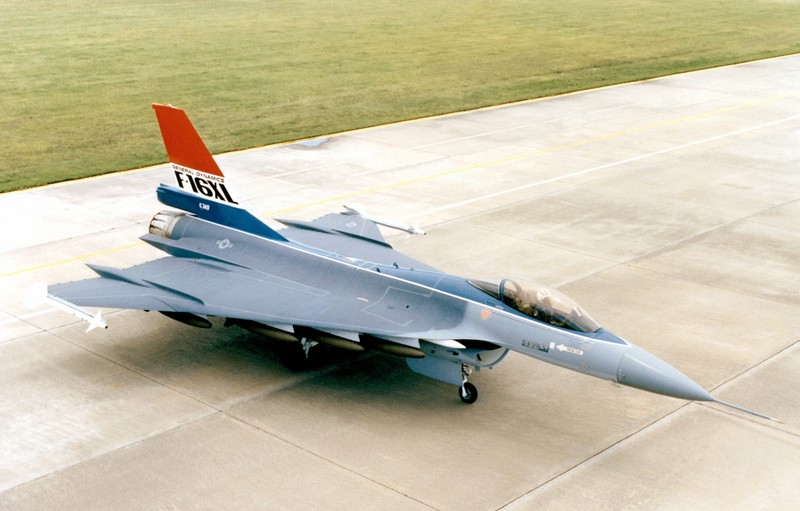



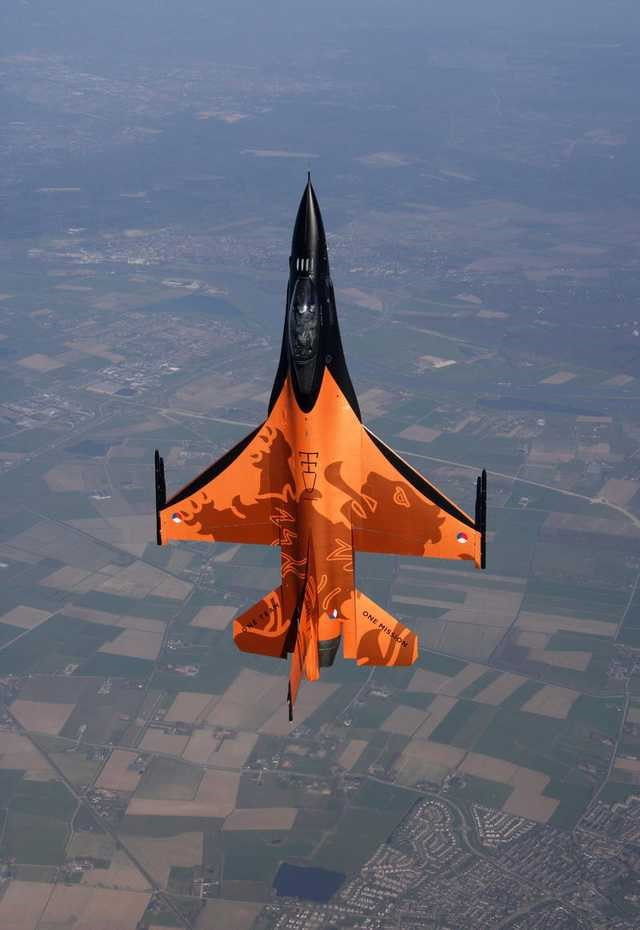

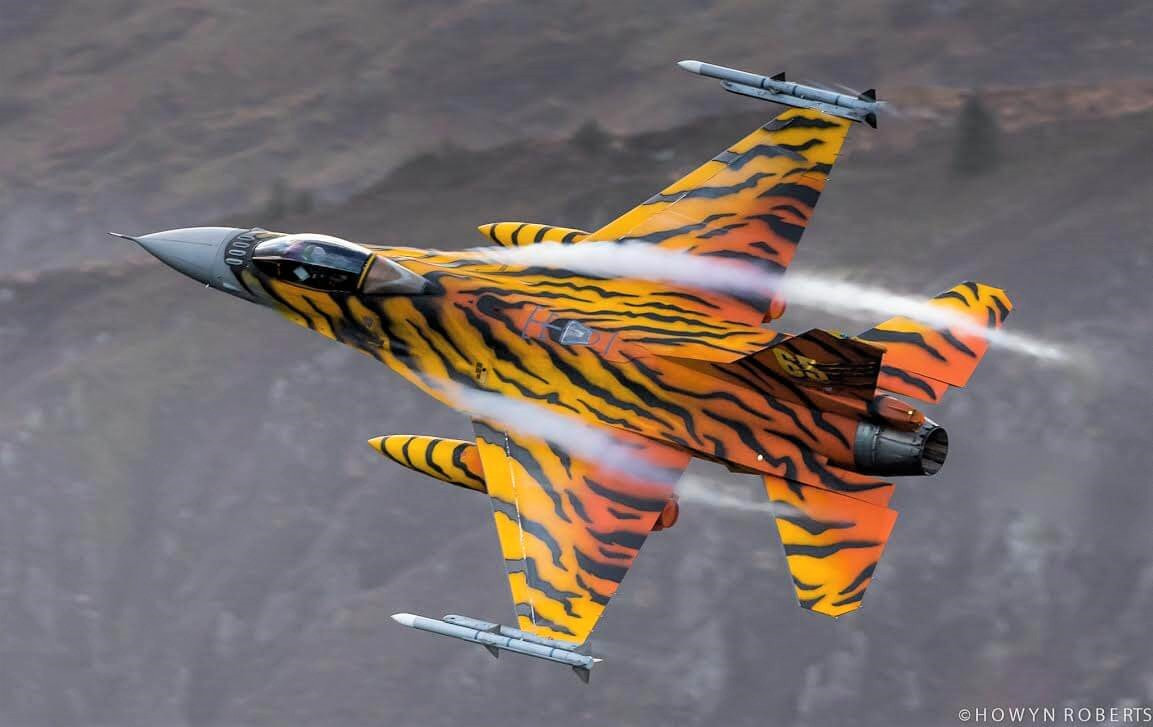

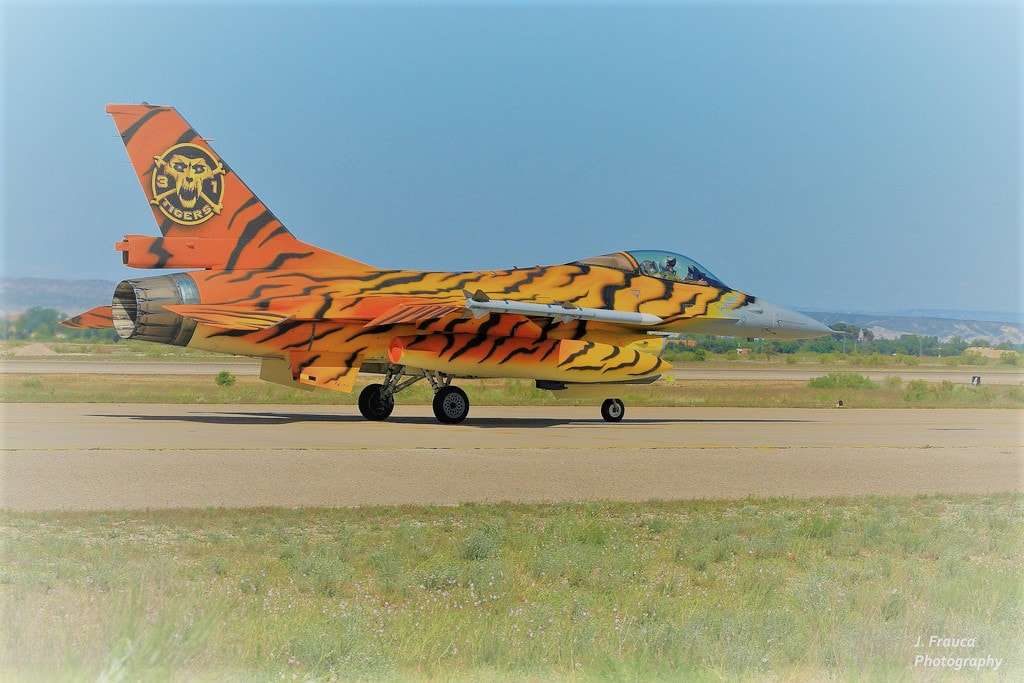
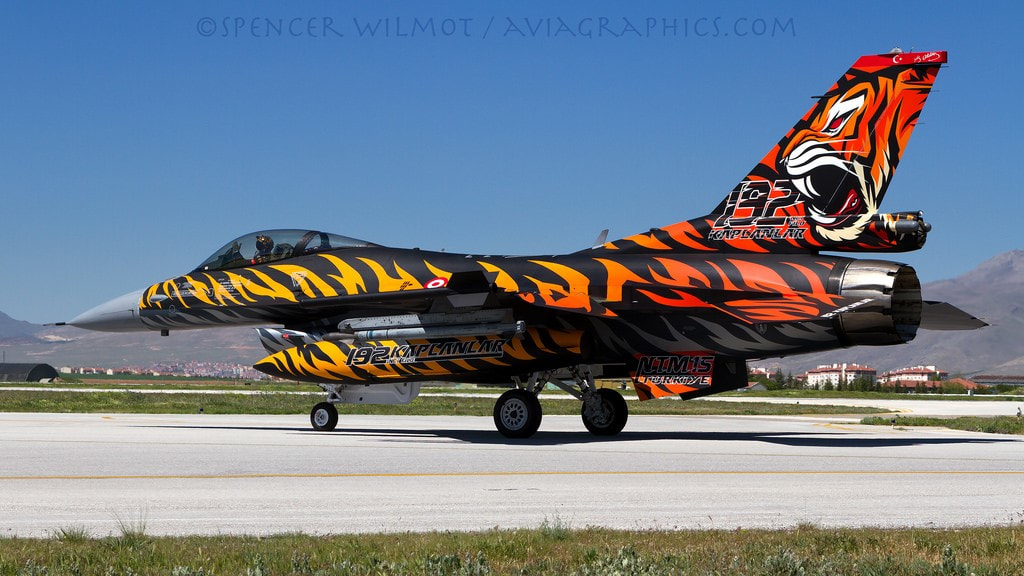
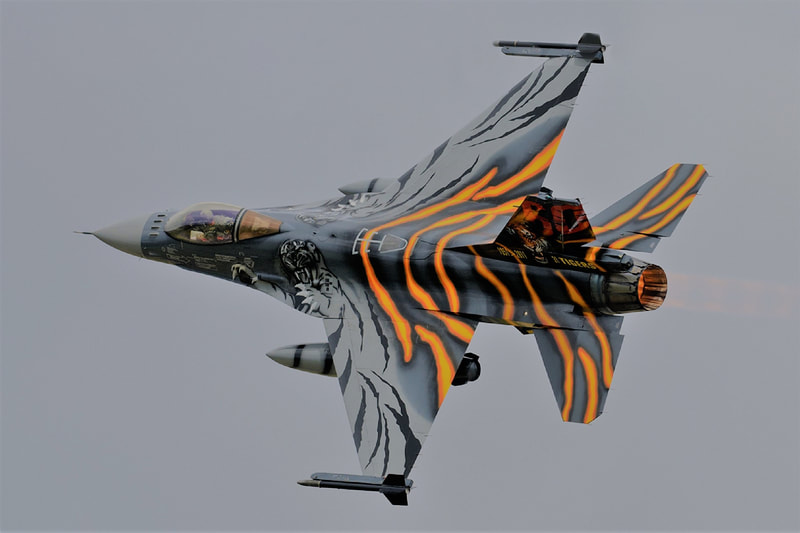
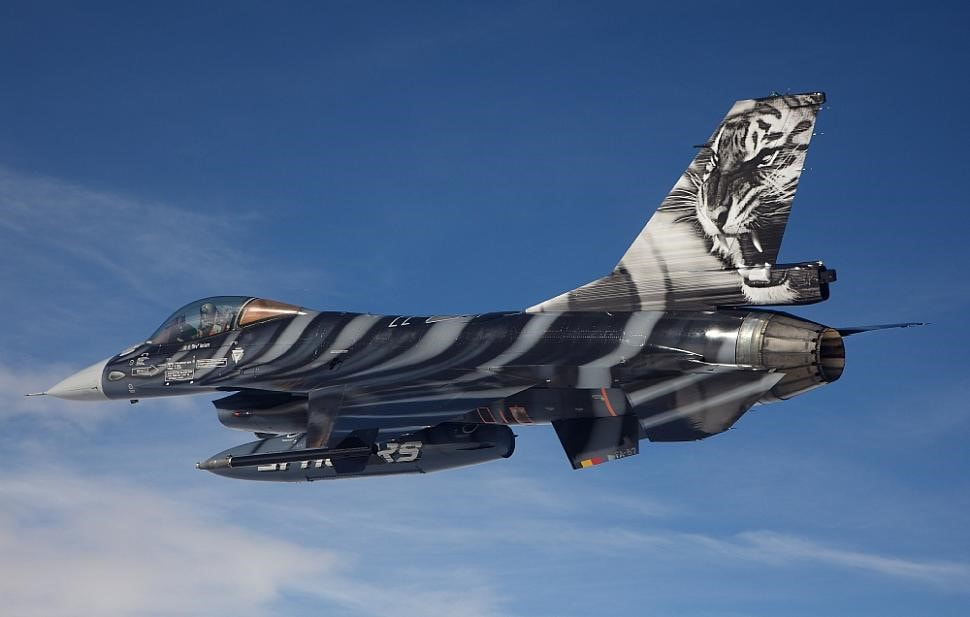









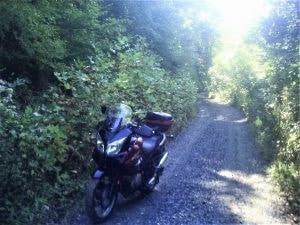
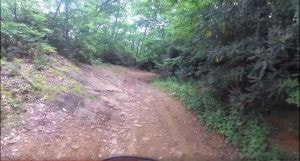





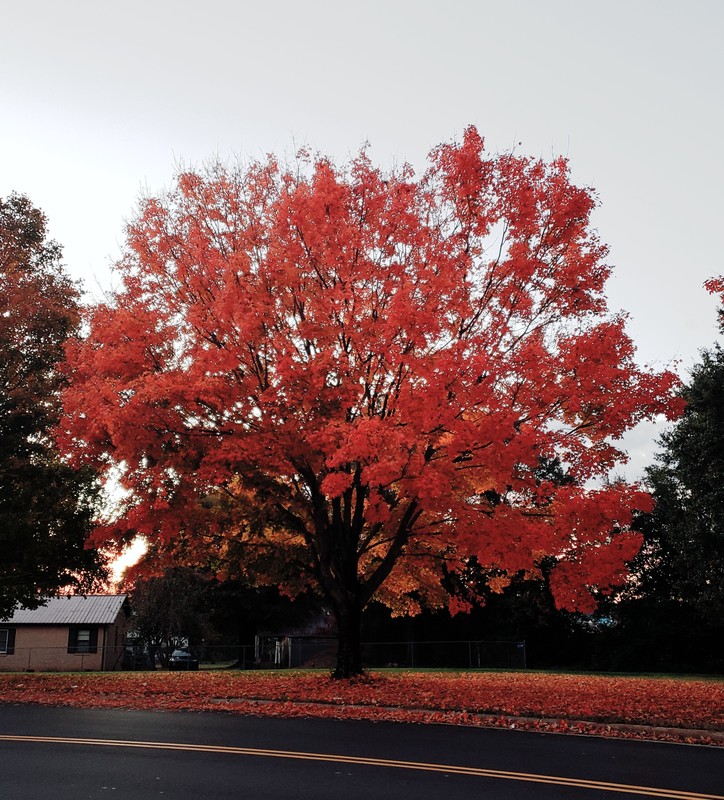

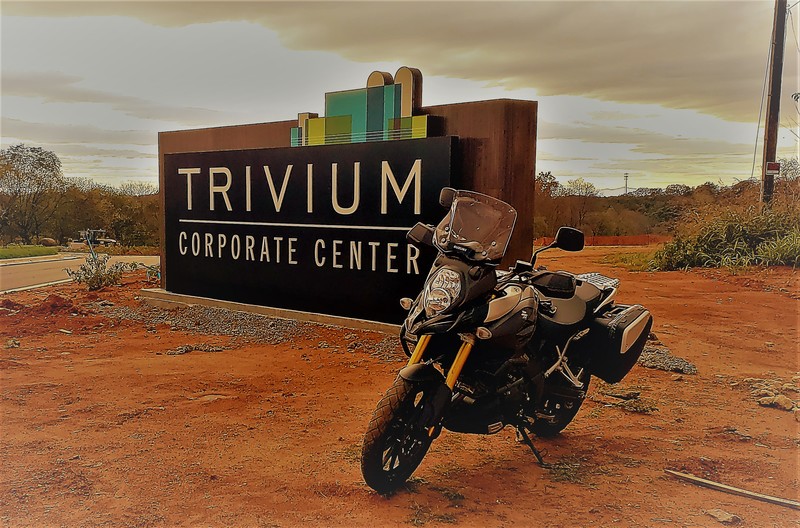




 RSS Feed
RSS Feed
